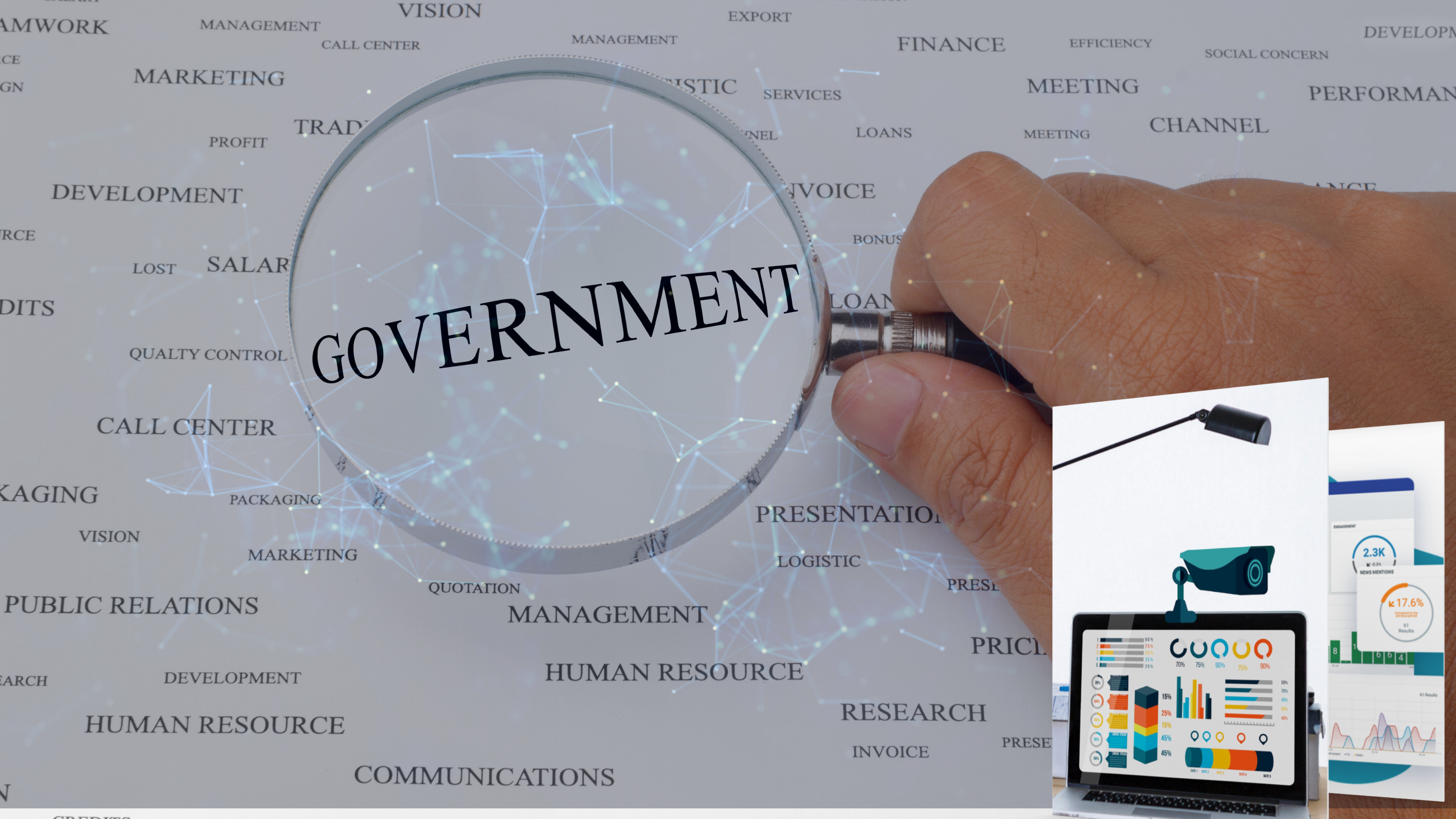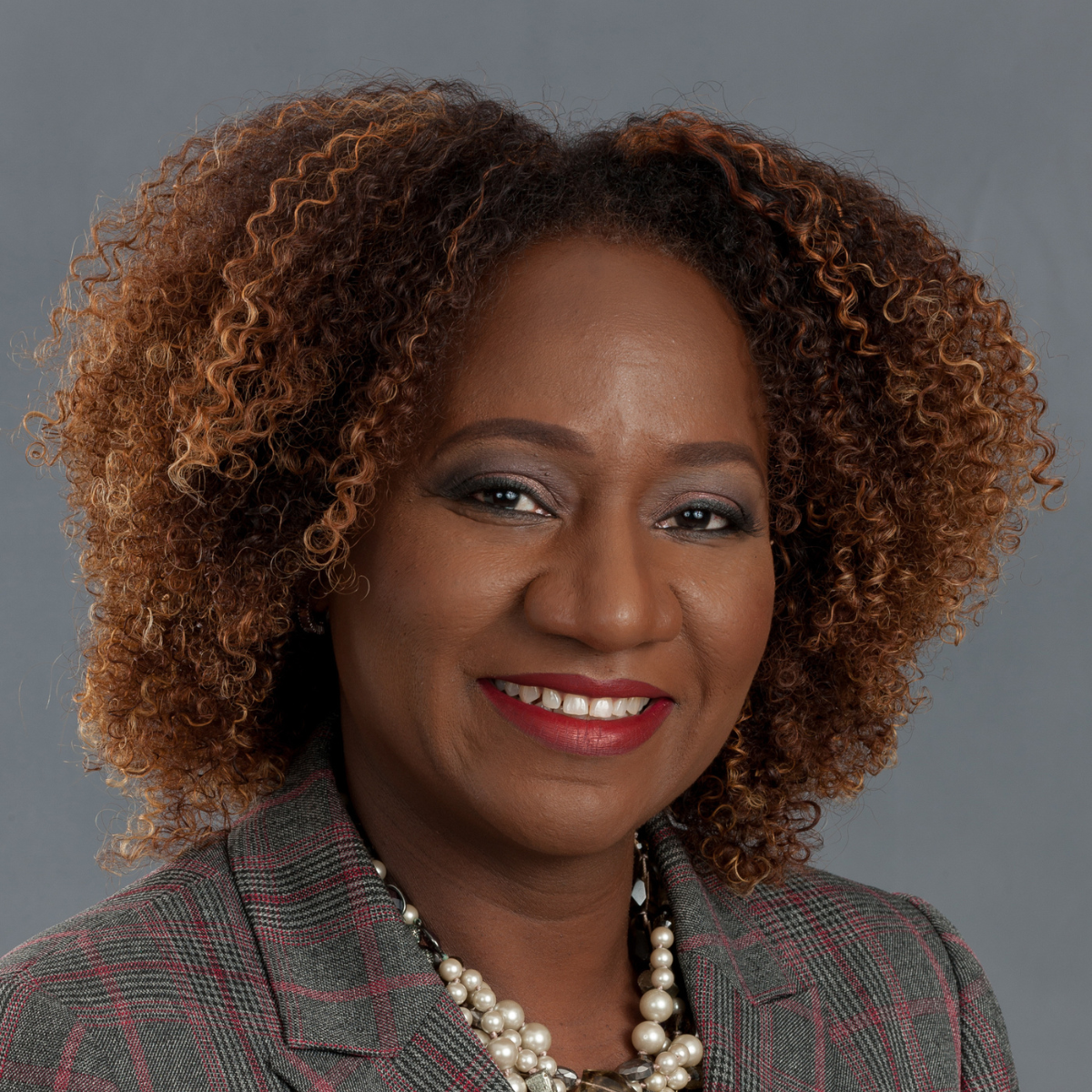


It can be a government communicator’s worst nightmare: a newly announced policy or initiative is being roundly criticized on social media. The public is weighing in – attacking, challenging, and sharing your policy decision and momentum is building but not in your favour. Let’s have a deeper look at the impact of media monitoring in Government communications.
As a communications professional you might not have been in the room when the policy was formed when the initiatives were conceptualized, and when the decision was taken. However, you are the one that leaders will look to as a solution to the noise that has been created.
Having effective tools and approaches in your “bag of communications tricks”, will go a long way to being proactive, agile, and responsive when faced with such a challenge.
Media monitoring is one such approach. It will help with:
Globally, over the last few decades, politicians and government officials have faltered when it comes to trust and reputation. The international public relations company, Edelman, produces an annual Trust Barometer, surveying thousands of people in more than 20 countries on the issue of Trust in our institutions. In the last two decades, governments have polled behind Business and NGOs, in terms of public trust. The pandemic did not help. Government leaders polled lowest among the four societal leaders identified – CEOs, Journalists, Religious and Government leaders.
Further, we cannot ignore the backlash that some government agencies, globally, have received over the manipulation of social platforms, another facet of the trust conversation.
The Edelman survey does not reach the Caribbean, but even in this region, we have seen a decline in the public trust with respect to government leaders – not surprising given some of the behaviour in public office which we have witnessed over the years.
This is the broad context within which the communications practitioner is working and effective media monitoring becomes a valuable tool in developing a strategic approach to building trust and managing reputation, even when it comes down to making a public announcement.
How does Media Monitoring help?
To understand how media monitoring can help we first must understand what it is. Media monitoring is an approach for capturing public opinion, views, and sentiment about a given
issue, activity, or product. A comprehensive approach monitors all forms of media – traditional, online and social.
Media monitoring helps government communicators pick up on the subtle cues (and the overt ones!) of the public’s reaction to a particular policy, programme, or initiative. Online chatter, organized discussion groups, sentiment, concerns, and satisfaction are captured. Government isn’t always synonymous with agility and speed in decision-making, but gathering quality data on audience reaction and perception can help leaders make a shift or pivot in a timely manner.
It is proactive as well. Ongoing media monitoring provides valuable data on trending issues, and what’s top of mind for the public and key audiences, and this in turn will help leaders determine timing and approach.
Your new traffic management programme might be a great idea but is it the right time to implement when the public is concerned about rising food prices and the impact of a global recession. Do you delay the start of the programme in favour of any announcement about a “buy local, grow local” food programme that supports local farmers?
Of course, media monitoring alone will not be the only basis upon which that decision is made, but comprehensive, reliable data can add value to the decision-making.
Before Social Media (BSC) leaders had more control over how information reached the public. Public meetings, newspaper articles, radio and television reports, and word of mouth (from advocates and supporters); were the trusted avenues, and generally, there was trust on either end of the communications bridge.
Today, online and social media has become the main traversed bridge. It’s faster, cheaper (to some extent), and reaches more people. But there’s also less control on the government side in favour of the recipient and government communicators can utilize media monitoring to help level the playing field in their favour.
When you know who is saying what to whom, where they are saying it and how those messages are shared and being received, you can build better communications plans that are driven by data, and better tailored so you reach your audiences.
You know what issues should be prioritized, how communities are responding to decisions and can identify based on sentiment, where issues may flare up.
How are your messages being received? Are they being received? And do you need to revisit your tone, voice, or the messenger?
These are just some of the ways media monitoring can help you drive your government communications strategy.
What are your thoughts on media monitoring for government communications, join us in the comments or join the conversation over on Linkedin.

Media InSite Ltd.
ESG Business Suites,
9-11 Fitt Street,
Woodbrook, Port of Spain,
Trinidad and Tobago
Tel: +1 868 607-4MIS

Copyright © 2023 Media InSite. All Rights Reserved. Designed by Upotive Ltd.
Fill out the form below and we will contact you to arrange your discovery call and set up a demo.